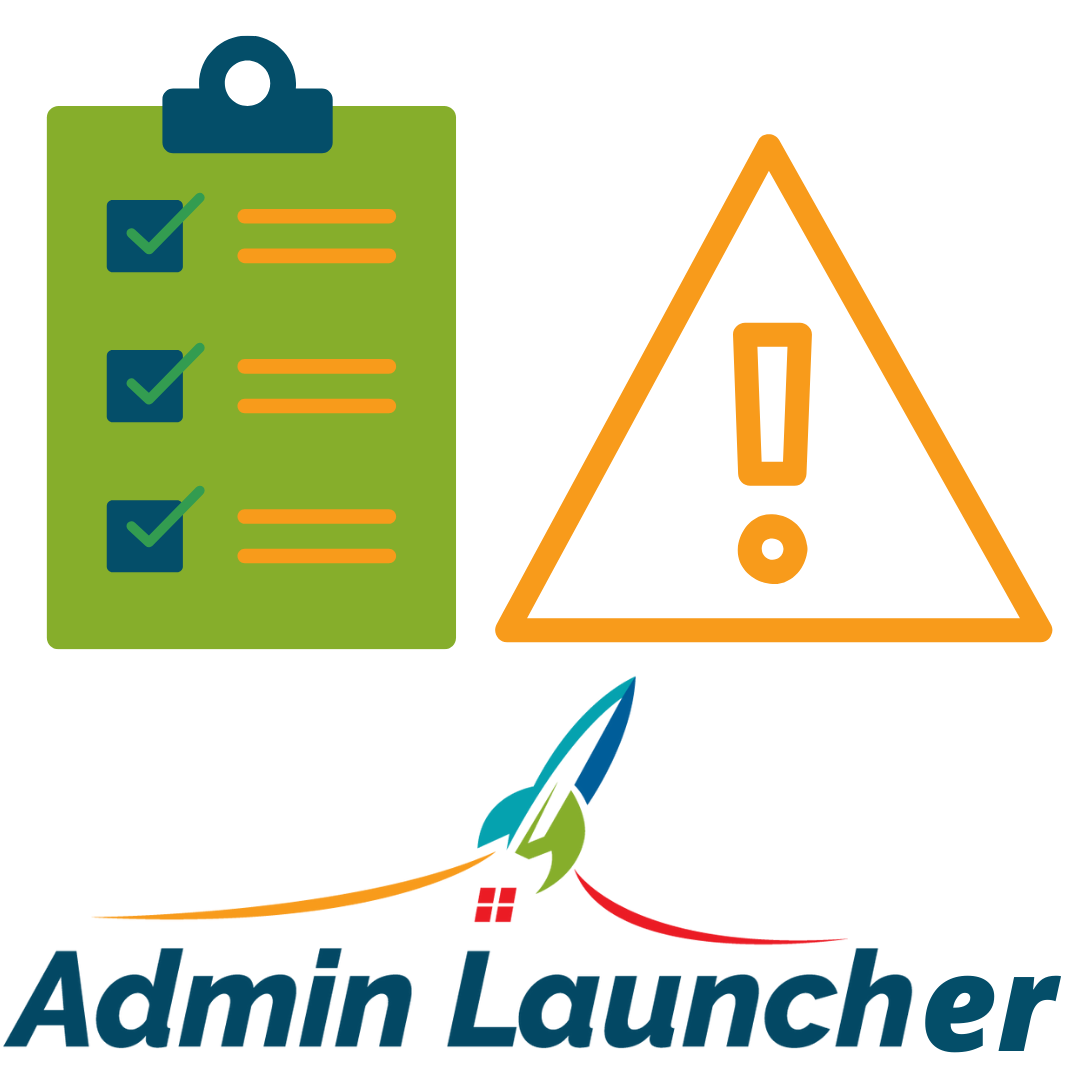Forming Contingency Plans & Managing Risk
Business does not always go as planned. Before the unexpected happens, it is important to have contingency plans in place to pick up the slack when things do go wrong.
When you create a contingency plan now, you will be able to recover the most vulnerable parts of your company after a business interruption occurs so that you can be more resilient in the face of an emergency or disaster. Strong contingency plans can be the difference between a company recovering from a disaster or sinking from one. Not only can you form a contingency plan in case of an emergency for your business, but you can also form various contingency plans for the regular activities and ongoing events of the business.
Do you need to have anyone sign a Hold Harmless Waiver or a Non-Disclosure Agreement?
Do you need to consider implementing a new procedure for a process that results in several mistakes being made?
What will happen to the business if the current Owner or CEO passes away? Or if a fire burns down the building?
There are various aspects of your plan of execution that could go wrong, so its important to create a back-up plan that can withstand the best, the worst, and the most likely.
So let’s dive in!
Creating a checklist is a great way to do this! Here are 7 things to consider while forming your In-Case-of-Emergency contingency plan that will help you manage risk when it arises. (See the end of this blog post for tips on day to day contingency plans for common tasks and events for your business). You’ll also want to ask for the opinion of others and evaluate from every possible angle what kind of additional logistics you may need to consider for your In-Case-of-Emergency plan.
(Quick Tip – Having an Operations Manual for the business is a very helpful tool to have in case something happens to the person(s) who operate the business on the daily. For more tips on creating an Operations Manual for your business, click here).
7 Items to Consider While Forming Your In Case of Emergency Contingency Plan
- Direction and Control
- Business Mission, Vision Statement
- Operations Manual & Policies & Procedures
- Check with your Insurance Provider for their Tips on Disaster Recovery Actions
- Communication
- Notification to staff / public / business partners regarding the emergency
- Be aware of any confidentiality requirements with any record retention or information
- Keep the utility provider information on hand in case of a gas, water, or fire emergency
- Safety
- Evacuation procedure posted and visible
- Implement necessary employee training
- Check with local and state regulations for your business for any safety procedures that your business can implement
- Property Protection
- Checklist for a facility shutdown (due to inclement weather, breach, or other occurrence)
- Considerations for records preservation and cyber security in case of an emergency
- Building and systems information (security cameras, utility shutoffs, fire extinguishers, emergency exits, etc.)
- Community Outreach
- Prepare a media response and keep on hand in case of emergencies
- Decide what information needs to be public information and if there are any mutual aid agreements that may need to be formed
- Keep the local Emergency information on hand (Poison control, hospital, police, fire, gas)
- Recovery and Restoration
- Consider Operations and Budget
- Consider the various departments that must be rebuilt, recovered or restored
- Consider the marketing, sales and customer accounts that must be tended to
- Implementation and Maintenance
- Integrate the Contingency plan into Company Operations
- Conduct drills and exercises to keep your employees trained
- Maintain the Contingency plan as systems and procedures are updated & maintain the emergency contacts information as updated as well
In all the businesses that I offer my consultation, they each have an excellent insurance carrier that helps the business plan for emergencies. If you don’t already have a strong insurance carrier (even if you are a small company), I highly recommend finding one that will guide you through a Disaster Recovery.
What if the Contingency plan doesn’t cover the scope of the disaster and you have to assess the recovery and consider closing the business?
I’ve provided 2 checklists below to help you in your “Disaster Recovery” and in “Discontinued Operations” from a Disaster in case the Contingency Plan doesn’t fully cover the weight of the disaster. These checklists are very helpful and are provided by Veritas Risk Management:
Here are a few tips to consider in forming day to day Contingency Plans for various tasks or events:
- Are there any risks? (Legal, Physical, Ethical)
- What issues would arise from these posed risks?
- Are there solutions to the potential issues that we could establish now?
- If these issues can’t be prevented, what is the severity & likelihood of their effect on the business?
Mitigating risks and forming contingency plans are a game-changer for any business!
P.S. Click below to subscribe to our weekly newsletter & blog!
© Copyright 2021 AdminLauncher.com
